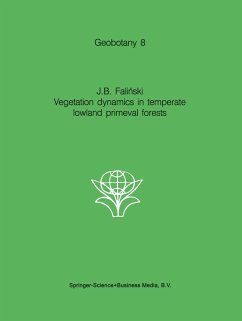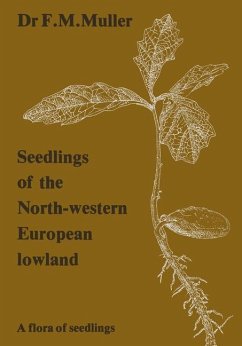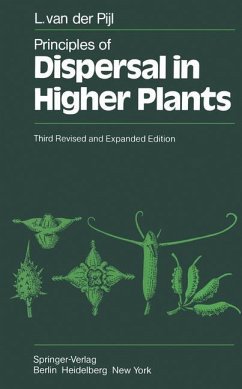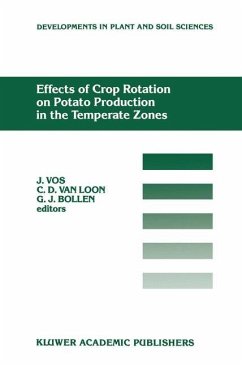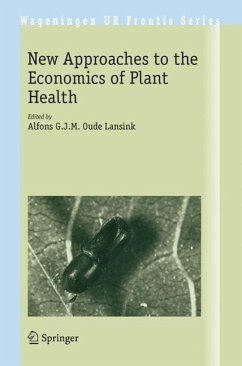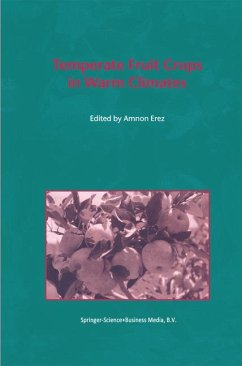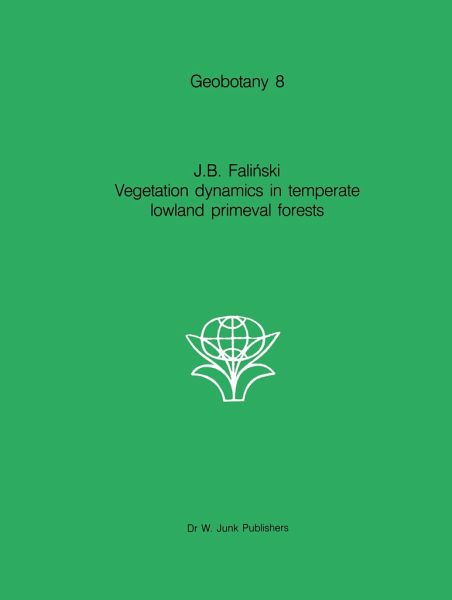
Vegetation Dynamics in Temperate Lowland Primeval Forests
Ecological Studies in Bia¿owieza Forest
Versandkostenfrei!
Versandfertig in 1-2 Wochen
78,99 €
inkl. MwSt.
Weitere Ausgaben:

PAYBACK Punkte
39 °P sammeln!
A comprehensive list of references, subject and taxa (including syntaxa) indexes complete the book which depicts the structure and life of an unique ecosystem.' Instructive illustrations, graphs and tables contribute to the vivid presentation of ecological results. The reviewed publication may be considered as a model of team work, dealing with the principal questions of origin, present life and further development of an unique primeval forest in the European temperature zone.' Robert NeuhAusl and Zdenka NeuhAuslovA, Folia Geobotanica et Phytotaxonomica, Vol. 24, 1989.



